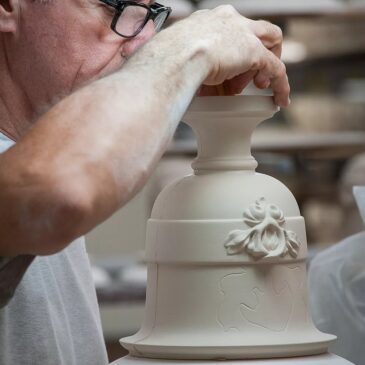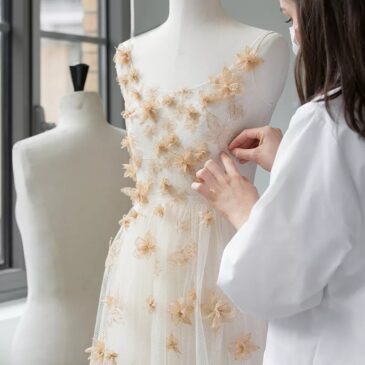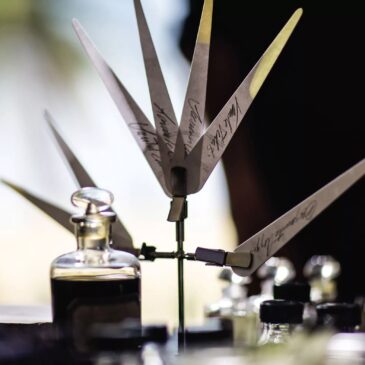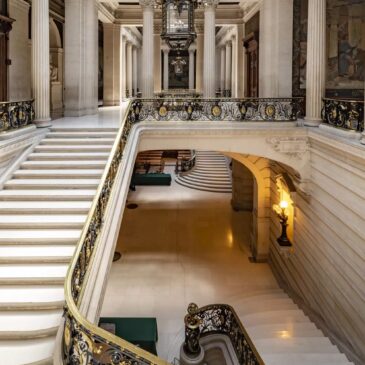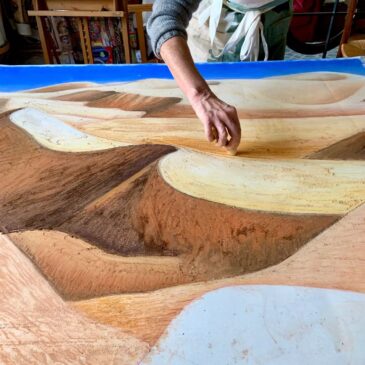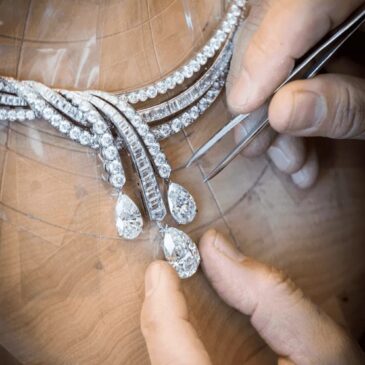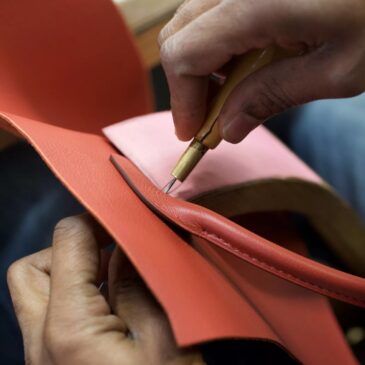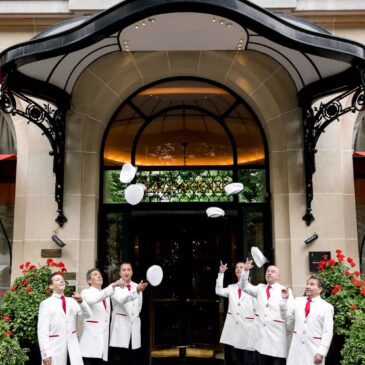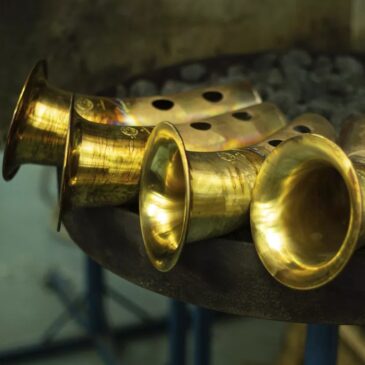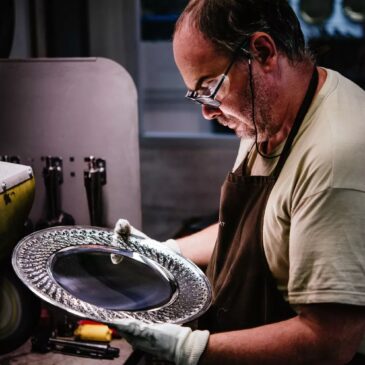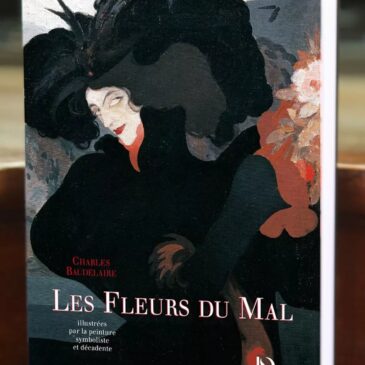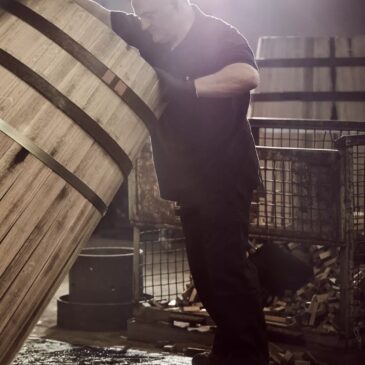Gastronomy
The “gastronomic meal of the French” has been placed on UNESCO’s list of the world’s intangible heritages. This culinary art was born in the Middle Ages, under the impetus of the chef to King Charles V.
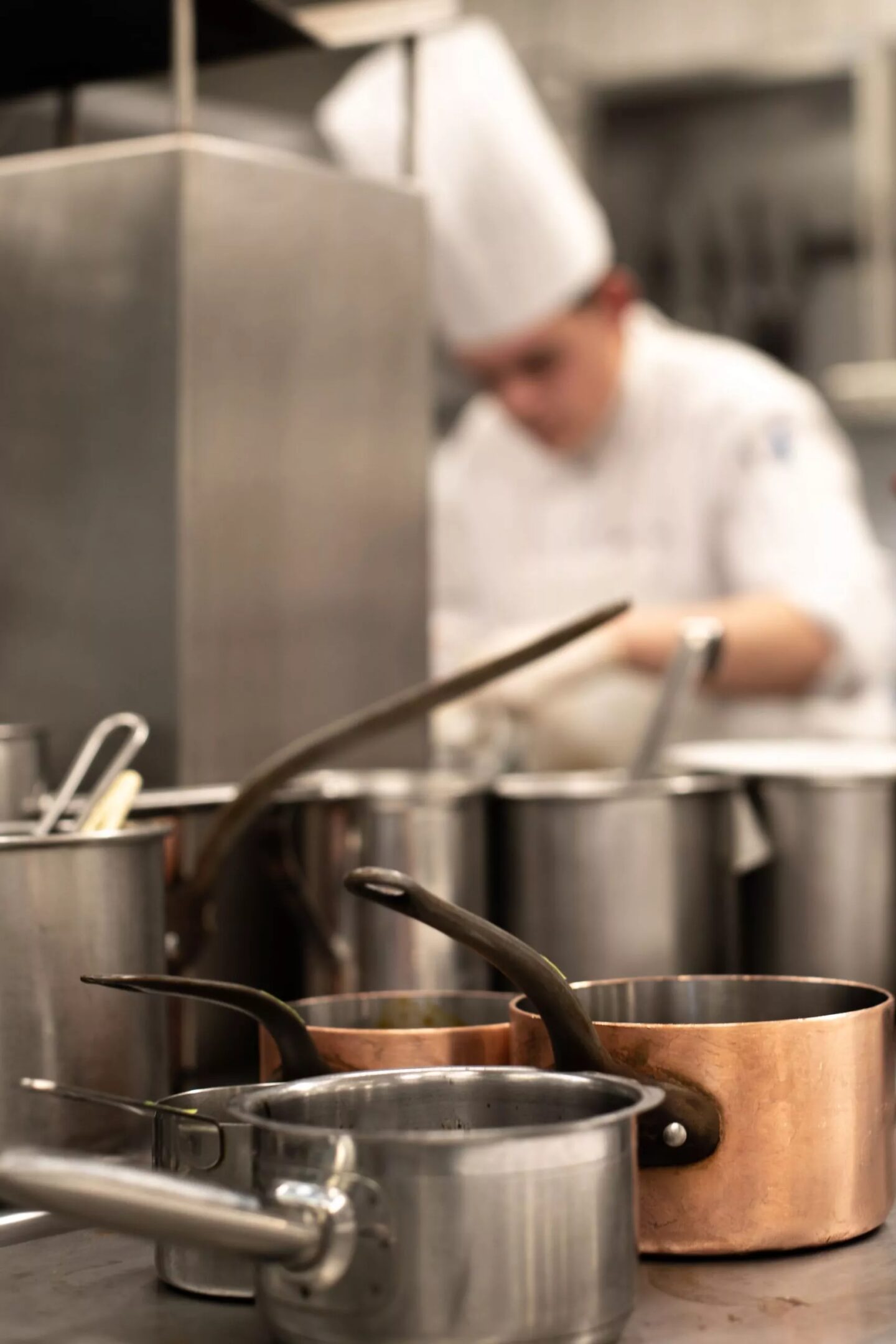
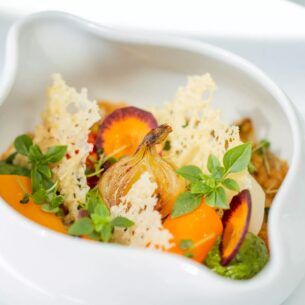
Alain Ducasse 2000
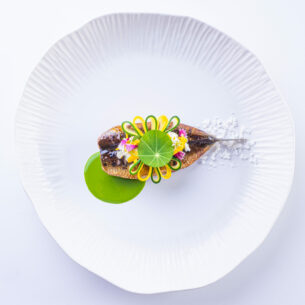
Anne-Sophie Pic 2007
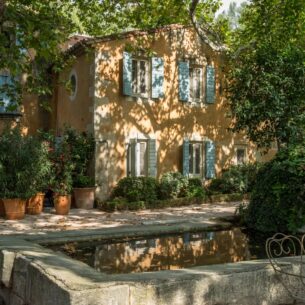
Baumanière Les Baux de Provence 1945
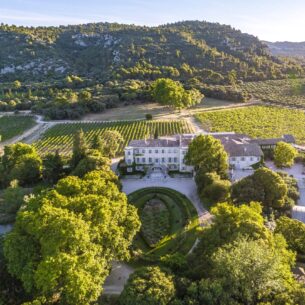
Château d’Estoublon 1489
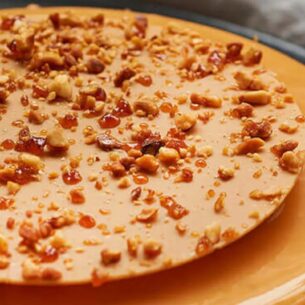
Dalloyau 1682
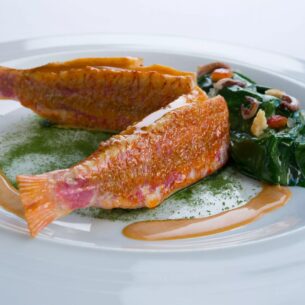
Guy Savoy 1980
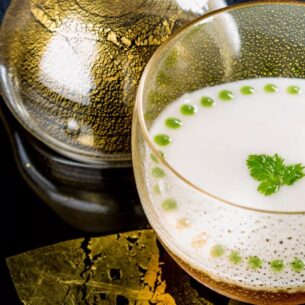
Joël Robuchon 1989
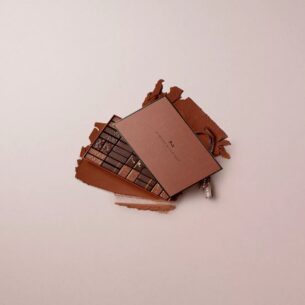
La Maison du Chocolat 1977
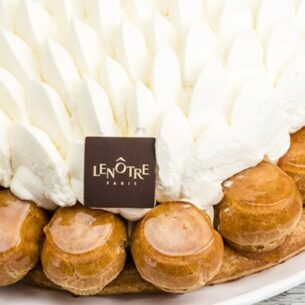
Lenôtre 1957
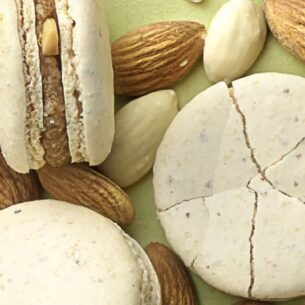
Pierre Hermé 1996
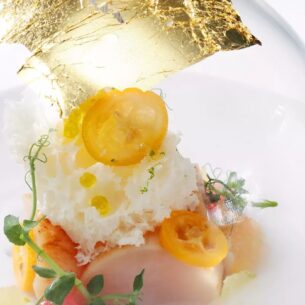
Potel et Chabot 1820
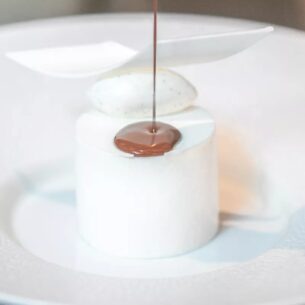
Taillevent 1946
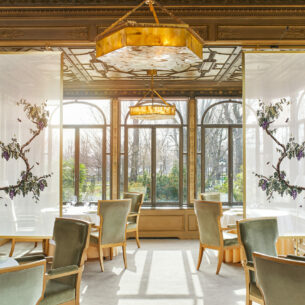
Yannick Alléno 2014
Culinary revolution
The first French culinary revolution was attributed to Guillaume Tirel, known as Taillevent. Chef to Charles V, he was the first to use the vegetables, ingredients, and spices from the New World in his recipes. He even produced a book, Le Viandier, in which he proposed a new art of preparing game, poultry, and fish with saffron, ginger, pepper, and cinnamon-based sauces.
The second French culinary revolution took place following the marriage of Catherine de Medici to Henri II. She saw that the two-pronged fork, individual faience plates, and glasses made from Murano glass were imported from Italy. Under her regency, and then that of Marie de’ Medici, wife of Henri IV, royal feasts took on a refined manner. Similar to a buffet, guests would help themselves from what was within reach. This method of serving was known as “à la Française”, in contrast to the service of separate portions known as “à la Russe”.
Under the reign of Louis XIV, natural flavours like the bouquet garni and stock bases appeared. The consumption of fruit and vegetables greatly increased, and meringue and the millefeuille were discovered. Sweet food was relegated to the end of the meal. Cooking was now recognised as an art de vivre and François Vatel (1631-1671), maître d’hôtel and ingenious chef, helped fly the flag of French gastronomy.
Invention of the restaurant
During the Revolution, chefs to members of the aristocracy who had been exiled found themselves unemployed. As a result, they opened restaurants, like Les Frères Provençaux, Le Rocher de Cancale, and La Taverne de Londres, to name but a few.
Marie-Antoine Carême
French culinary tradition reached its height with the cuisine of Marie-Antoine Carême, known as Antonin Carême, the king of chefs. He believed that everything had to look good in order to taste good. Inspired by architecture, his other passion, he invented the pièce montée. Anyone who was anyone in Paris (including Talleyrand) was captivated by his pastries, soups, cold starters, and healthy dishes. It was also the case in Europe, where major figures vied for the talents of this culinary artist, who also created useful recipe books for bourgeois families. He was the first in a long line of haute cuisine masters.

